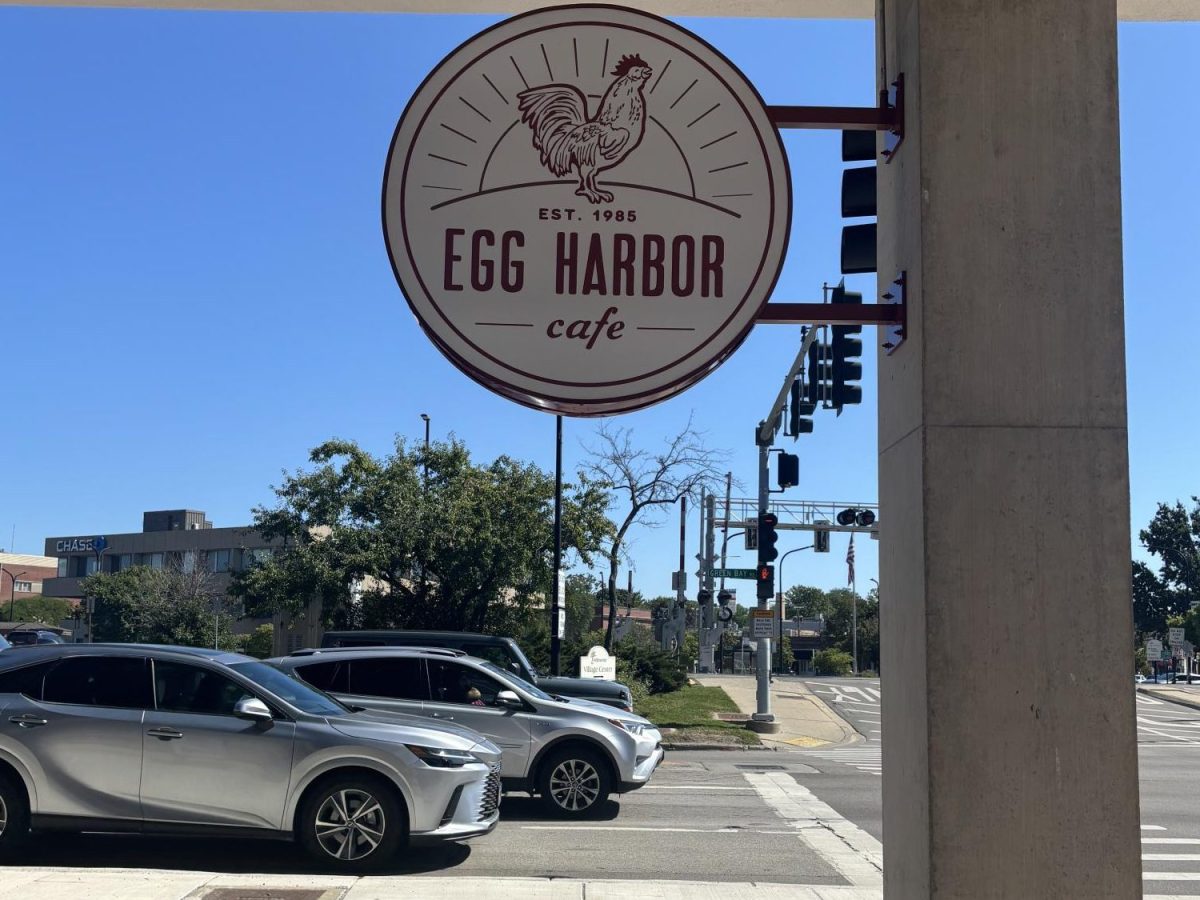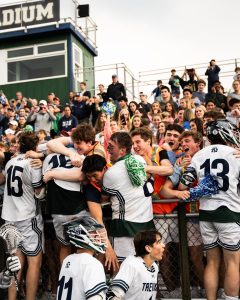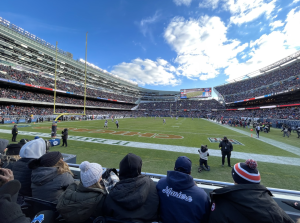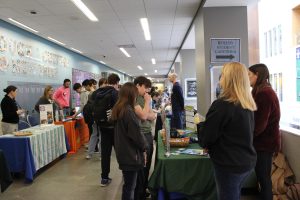New teachers’ first days exceed their expectations
September 23, 2016
New teachers get first impressions of students and the New Trier environment, yet they don’t view it as having a more confined bubble than any other school.
Social studies teacher and former Chicago Public School teacher Laura Bean’s perceptions of the school before starting came down to its reputation and funding.
After starting only 3 weeks ago, she said, “It was everything I thought before but a lot deeper than that. There’s a lot more to it than just great funding and great opportunities. There’s a whole wonderful culture here to support everybody.”
Ryan Loris, a science teacher in his second year, however, heard more about the behavior and attitudes of the students than the school itself: “What other people told me was how great the students were. How hard they work. And it was amazing coming into the school in the first week and seeing that right away. Just on a different level about how much they care about learning.”
In terms of transition, most of the teachers describe New Trier’s faculty and students as extremely supportive, making it easier for them to become accustomed to a different system.
Brenda Crosby, a French teacher in her first year, said, “When you come to a new institution, there’s always things to learn.” But the support system that Crosby went on to describe is what has made it possible for her to become accustomed to a whole new system.
Additionally, Iwona Awlasewicz remarks on the difference that she’s noticed in how students are treated within the school. “The level of freedom students have in this school and what comes with that freedom is also the degree of self-responsibility and kind of self-monitoring that you guys have here,” said Awlasewicz. “There’s a sense of this being a sort of high school for the students by the students and the teachers are in supportive roles. But this is definitely very much your high school. And you kind of tend to dictate the mood.”
Loris previously worked at a high school in Milwaukee, which he pointed out was a much more diverse community of 50% African American and 50% Latino students with 95% of students on reduced or free lunch. However, as Loris indicates, the North Shore’s reputation of being largely wealthy doesn’t mean it’s the only community to have a bubble-like or confined society.
“I think for every student it’s different,” said Loris. “I think that the experiences that you have in your life can either shape a bubble that you keep yourself in, having the same experiences. At any school you can fall into the trap.” In his opinion, this ‘North Shore bubble’ that many allude to exists in all sorts of communities.
Similarly, Awlasewicz, a teacher from the Media, Speech, and Theatre faculty, said, “The same statement could be made about teachers in their high schools everywhere. I don’t think it’s so much about the amount of money that one school has over another, although that certainly makes a lot of things easier. But, the bubble that you speak of is very real here as it is real in any other high school. Because it is simply a self-enclosed universe.”
While the teachers do notice a bubble around the North Shore community, they believe students are attempting to get out of it. “I think [students] are still trying to understand what that means and I still think that high school is such a cool time because you are experiencing new parts of the world,” said Loris. “You’re trying to figure out what it means to get out of the north shore bubble and what it means to be inside it. I think that’s something that students are tackling and trying to figure out.”
From Awlasewicz’s experience teaching at Libertyville High School and New Trier, she said, “I think that the bubble is true for any institution. It’s the nature of being institutionalized.”













































